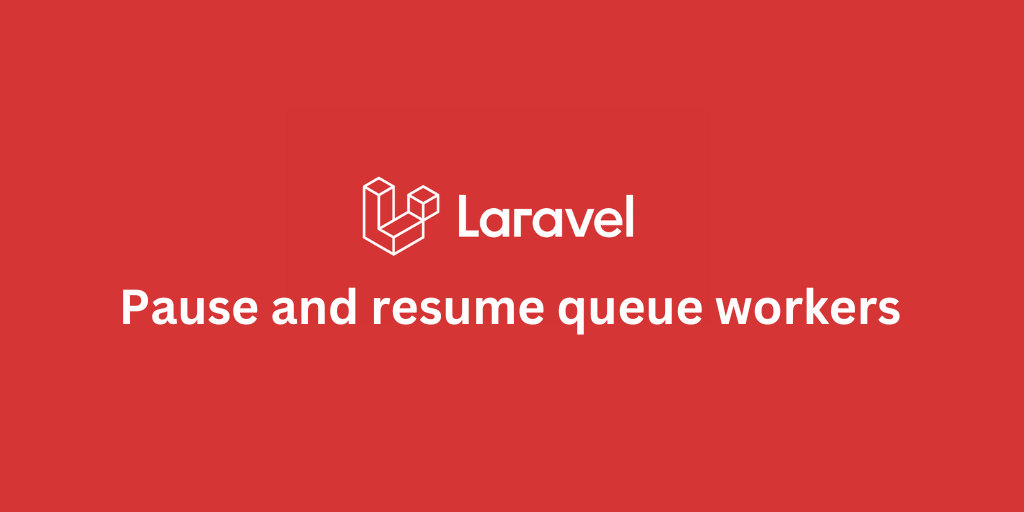13 Common HTTP Errors in Laravel and How to Fix Them

- Common HTTP Status Code Errors in Laravel and How to Fix Them
- 1. 400 Bad Request
- 2. 401 Unauthorized
- 3. 403 Forbidden
- 4. 404 Not Found
- 5. 405 Method Not Allowed
- 6. 408 Request Timeout
- 7. 419 Page Expired
- 8. 422 Unprocessable Entity
- 9. 429 Too Many Requests
- 10. 500 Internal Server Error
- 11. 502 Bad Gateway
- 12. 503 Service Unavailable
- 13. 504 Gateway Timeout
- Conclusion
Common HTTP Status Code Errors in Laravel and How to Fix Them
Laravel, like any other web framework, interacts with HTTP requests and responses. While working with Laravel, you might encounter different HTTP status code errors. These errors indicate issues with client requests, authentication, server configuration, or application logic. In this article, we’ll go over 13 common HTTP status code errors in Laravel, their possible causes, examples, and solutions.
1. 400 Bad Request
Example: Sending an improperly formatted JSON request.
Possible Cause: The request is malformed, contains invalid syntax, or exceeds the allowed size.
Possible Solution: Ensure correct request formatting, validate input data, and check request headers.
2. 401 Unauthorized
Example: Accessing an API route without a valid token.
Possible Cause: Authentication is required but not provided or is invalid.
Possible Solution: Use Laravel’s authentication middleware, ensure correct API tokens, and check user authentication status.
3. 403 Forbidden
Example: A user tries to access the admin panel without the necessary permissions.
Possible Cause: The request is authenticated but lacks the required authorization.
Possible Solution: Use Laravel Gates and Policies to control access and return proper authorization responses.
4. 404 Not Found
Example: Navigating to /non-existing-route in a Laravel app.
Possible Cause: The requested route or resource does not exist.
Possible Solution: Ensure the route is defined in routes/web.php or routes/api.php, and use Route::fallback() for custom handling.
5. 405 Method Not Allowed
Example: Sending a POST request to a GET route.
Possible Cause: The requested HTTP method is not supported by the route.
Possible Solution: Verify the route definition and ensure the correct HTTP method is used.
6. 408 Request Timeout
Example: A user submits a request that takes too long to process.
Possible Cause: The request takes longer than the server’s timeout limit.
Possible Solution: Optimize database queries, increase server timeout settings, and consider using queues for long-running tasks.
7. 419 Page Expired
Example: Submitting a form after an extended period of inactivity.
Possible Cause: CSRF token mismatch, usually due to a session timeout.
Possible Solution: Ensure CSRF protection is implemented correctly using @csrf in forms, and extend session lifetime if needed.
8. 422 Unprocessable Entity
Example: Submitting a form without filling required fields.
Possible Cause: Validation errors in the request payload.
Possible Solution: Implement Laravel’s validation rules and return proper validation error messages.
9. 429 Too Many Requests
Example: A bot or user repeatedly making API calls in a short time.
Possible Cause: Rate limiting is exceeded.
Possible Solution: Adjust rate limiting using ThrottleRequests middleware.
10. 500 Internal Server Error
Example: A database query fails due to missing tables.
Possible Cause: An unhandled server-side exception or misconfiguration.
Possible Solution: Check Laravel logs in storage/logs/laravel.log, debug the error, and fix any underlying issues.
11. 502 Bad Gateway
Example: Nginx fails to connect to PHP-FPM.
Possible Cause: The server received an invalid response from an upstream server.
Possible Solution: Restart web services (sudo service nginx restart or sudo service php-fpm restart) and check server configurations.
12. 503 Service Unavailable
Example: Laravel is in maintenance mode (php artisan down).
Possible Cause: The application is temporarily unavailable due to maintenance or overload.
Possible Solution: Run php artisan up to bring the application back online or scale server resources if overloaded.
13. 504 Gateway Timeout
Example: A slow external API request times out.
Possible Cause: The request to an upstream server takes too long to respond.
Possible Solution: Optimize external API calls, increase timeout settings in the web server, and use asynchronous processing where possible.
Conclusion
Handling HTTP status code errors in Laravel effectively improves application reliability and user experience. By understanding the causes and solutions for each error, you can troubleshoot issues quickly and ensure a smooth-running Laravel application. Keep an eye on Laravel logs and leverage Laravel’s built-in error handling mechanisms for better debugging and maintenance.
Stay Updated.
I'll you email you as soon as new, fresh content is published.


